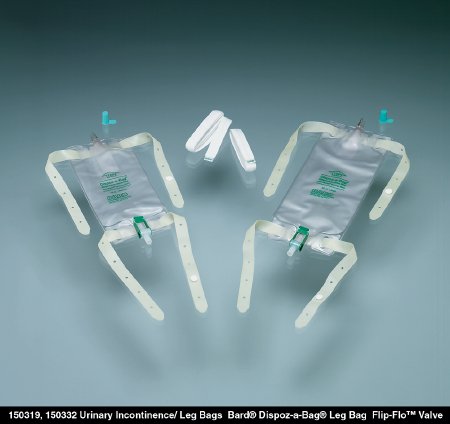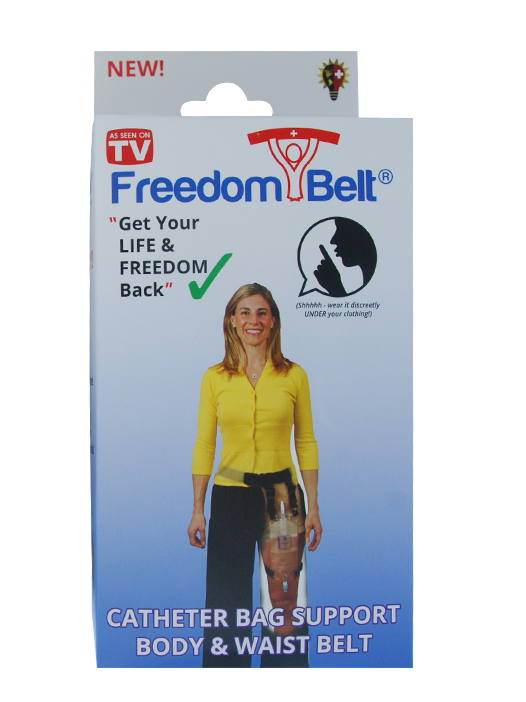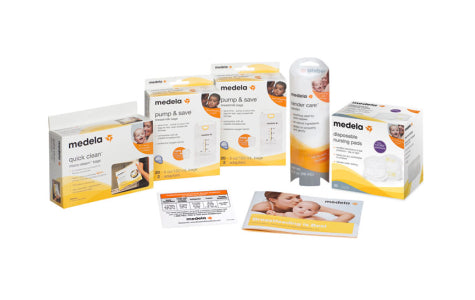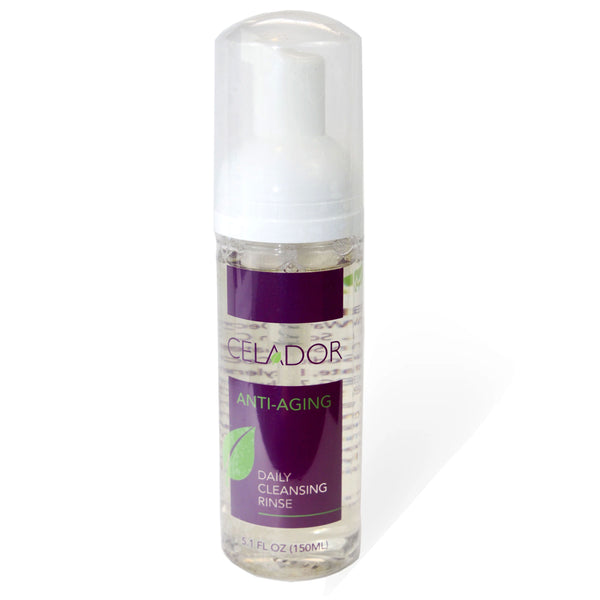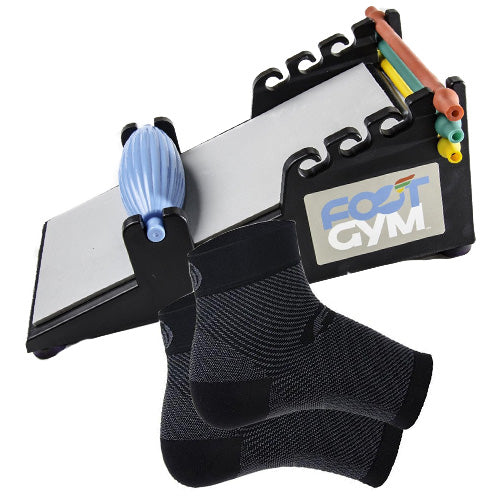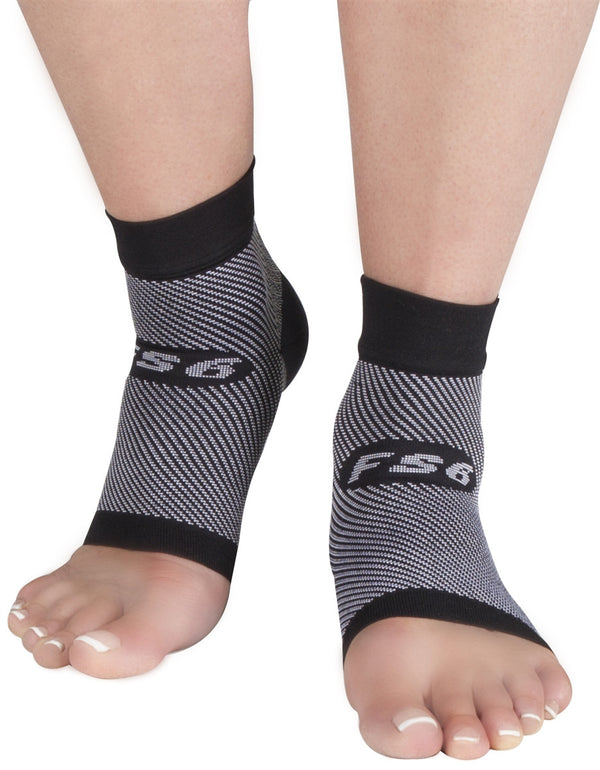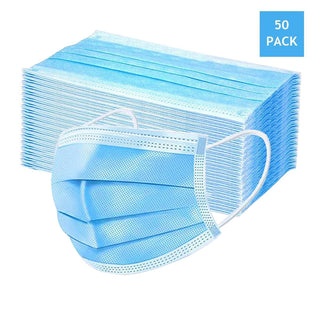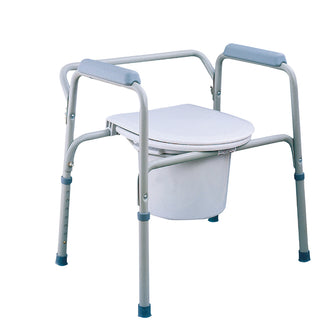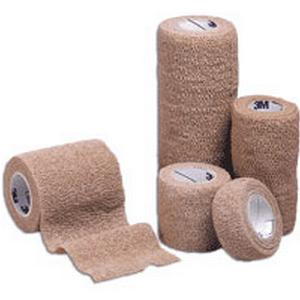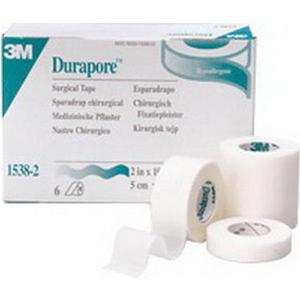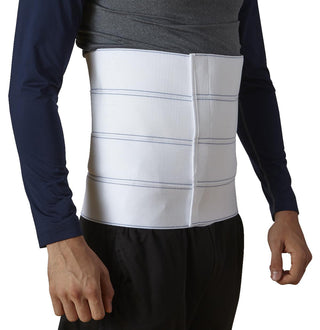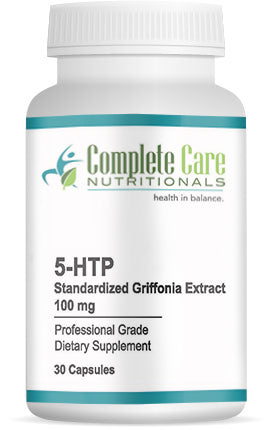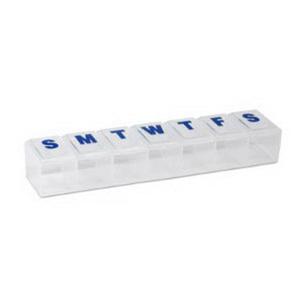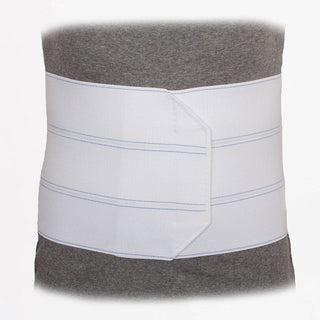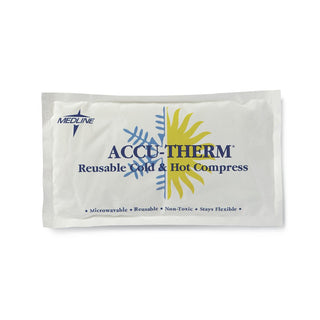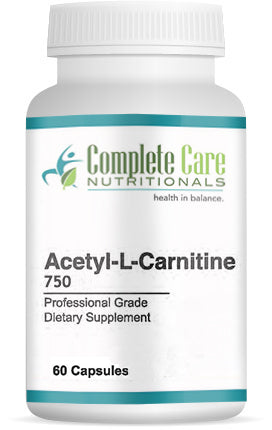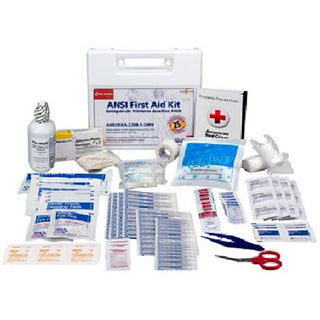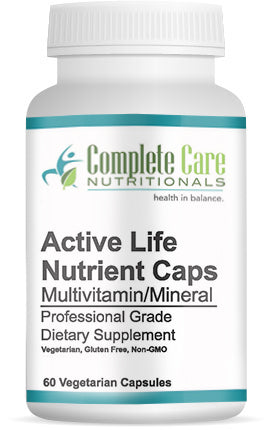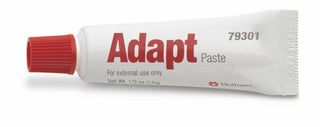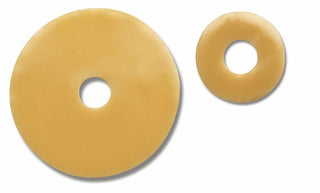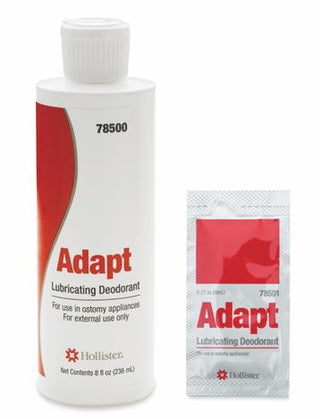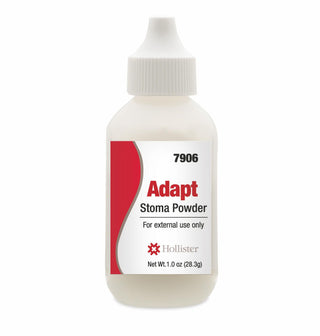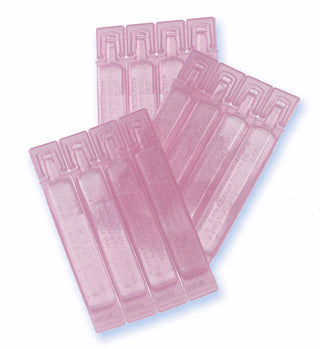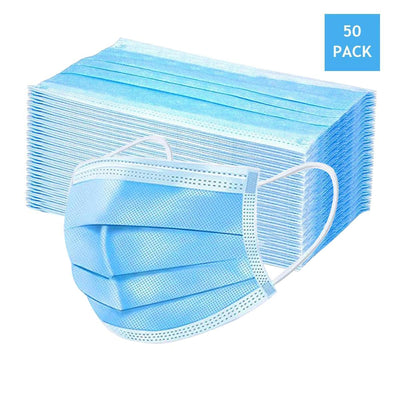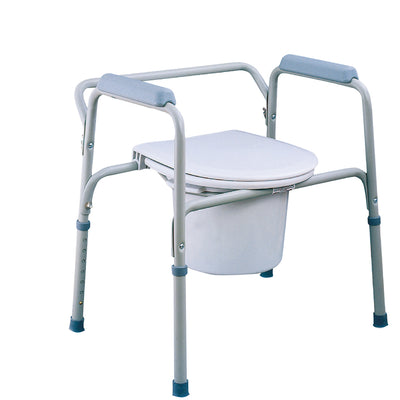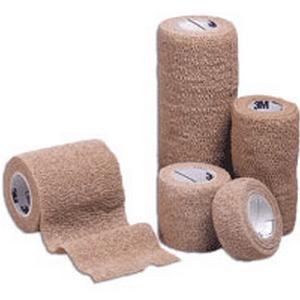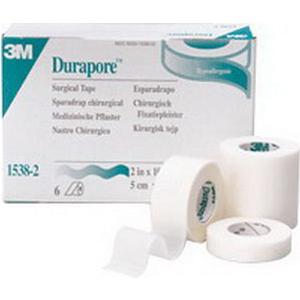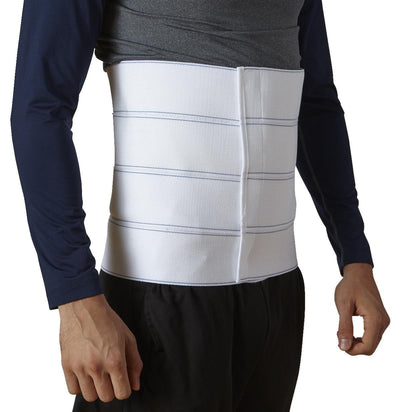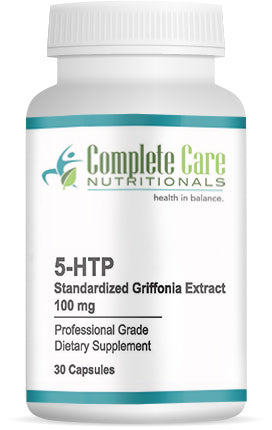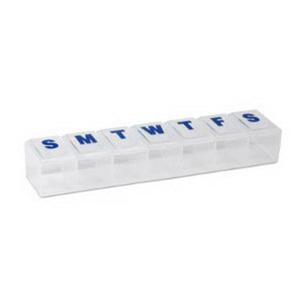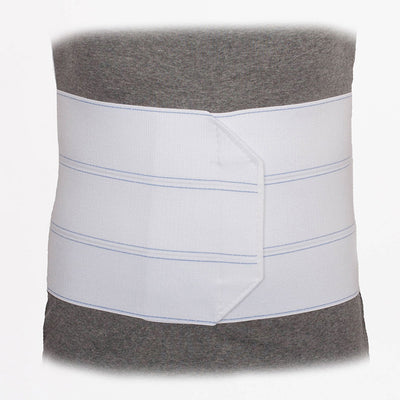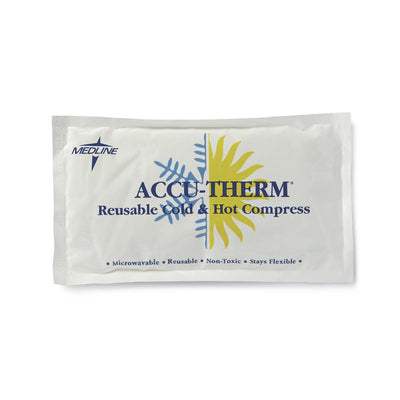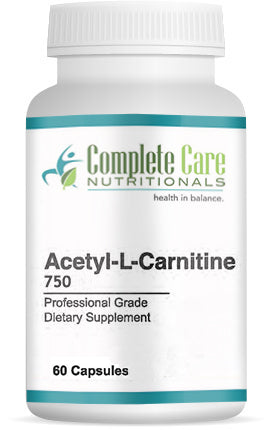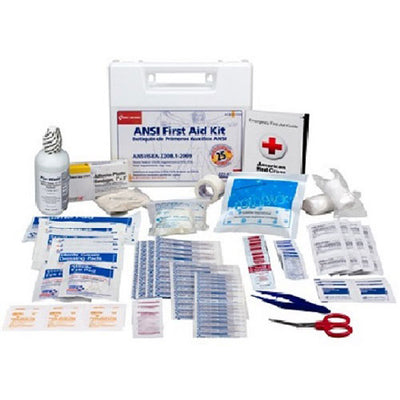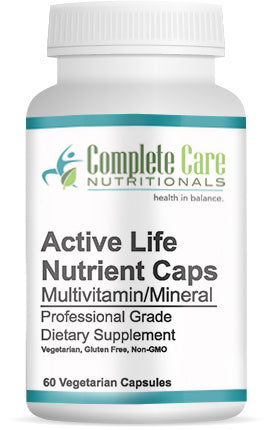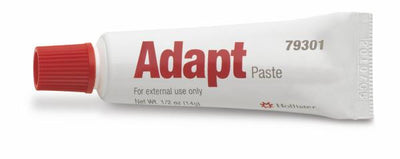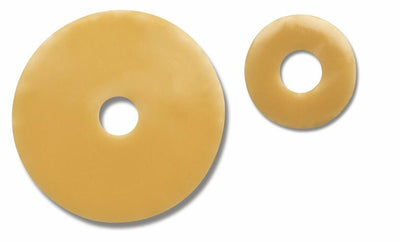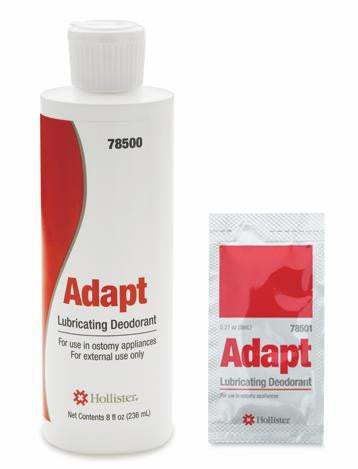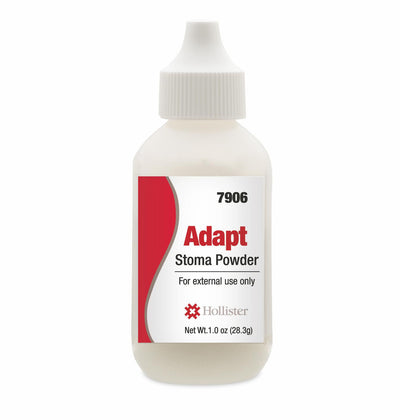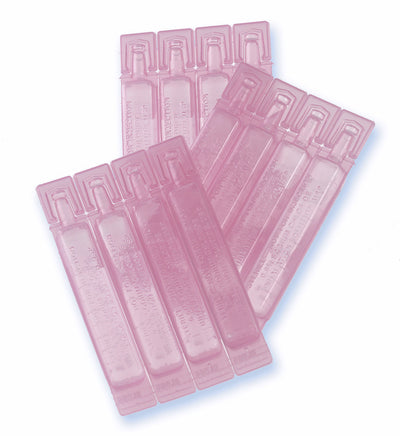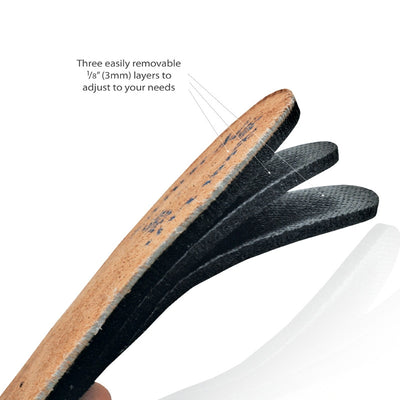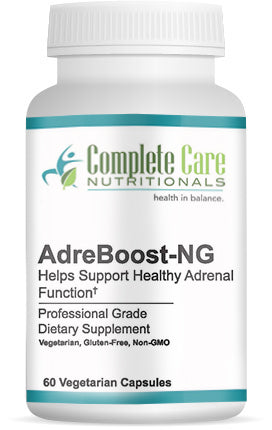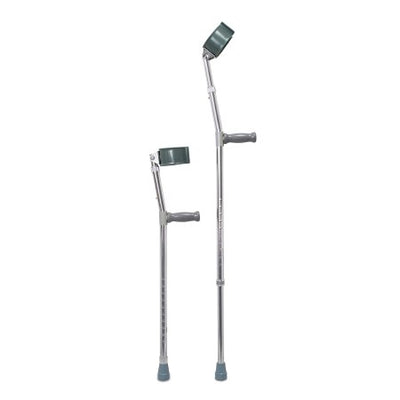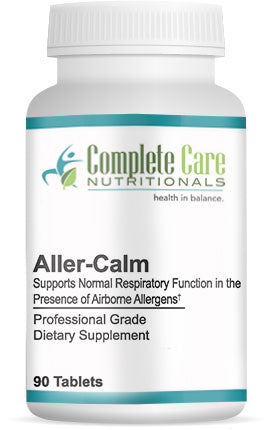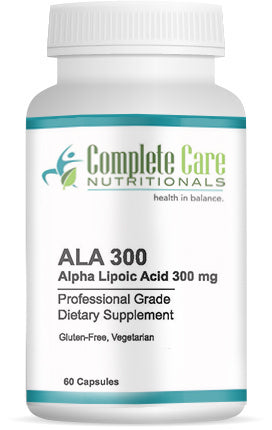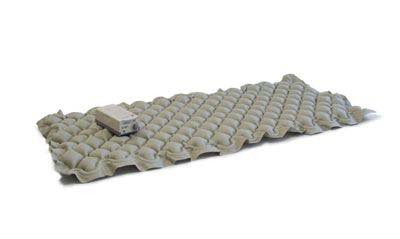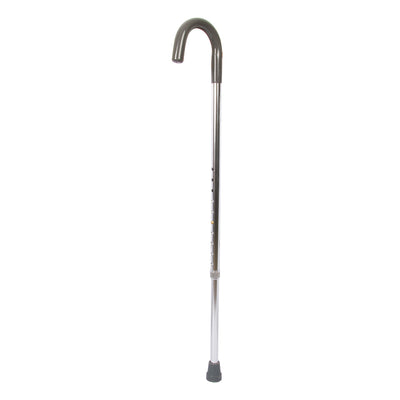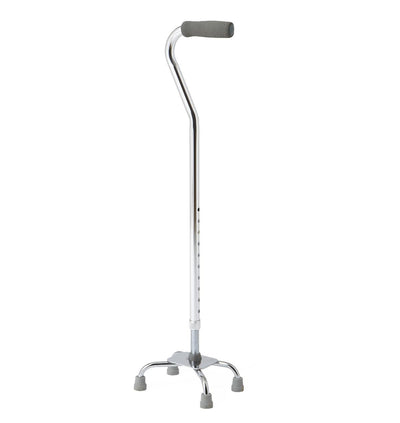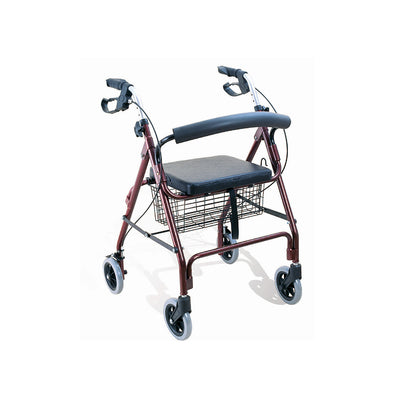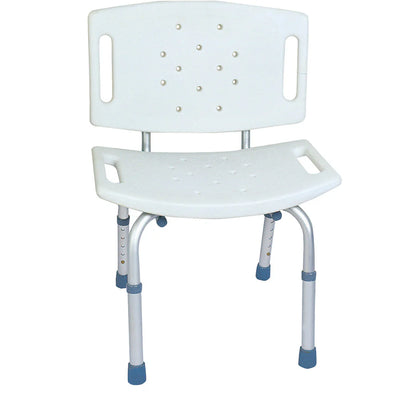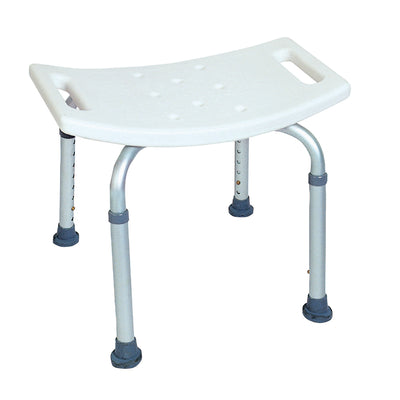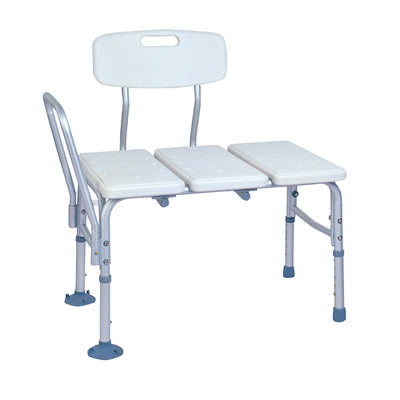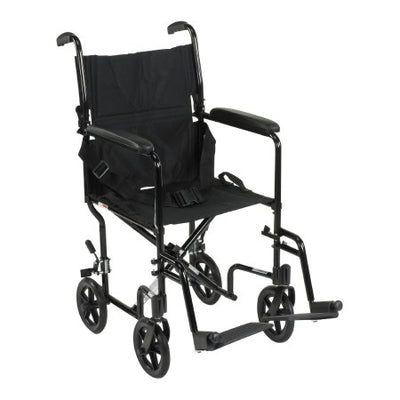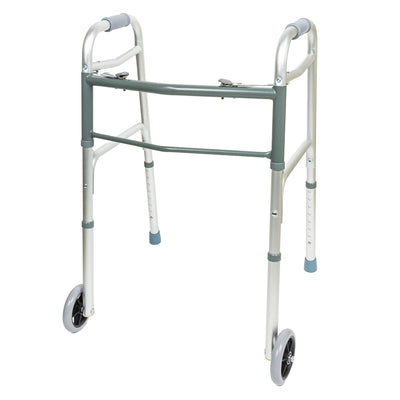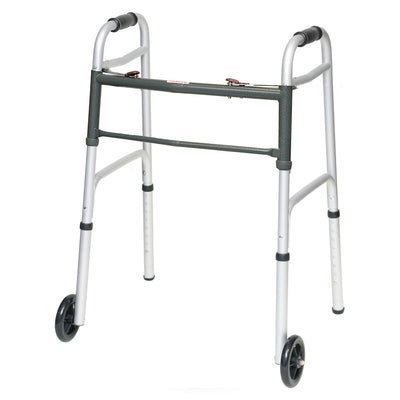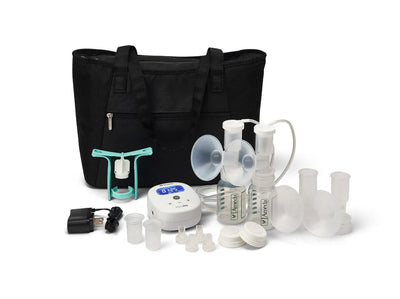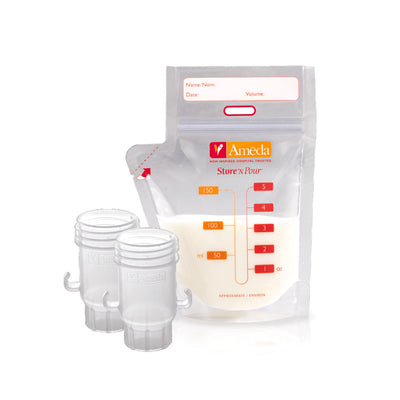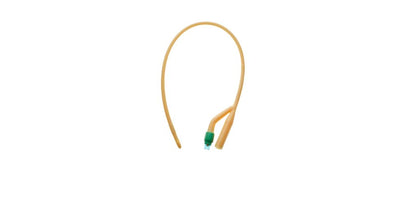Why Staying Active with Limited Mobility Matters
Living with limited mobility, whether from an injury, condition or post-surgery recovery, doesn't mean your active days are over. In fact, staying active is crucial for your physical and mental well-being. While many fear losing their independence, proper planning and the right equipment can help you safely return to the activities you love.
Research shows that even gentle physical activity can lead to less pain and urinary discomfort while improving mood, circulation, and independence. With smart planning, proper equipment, and a bit of adaptation, you can return to the activities you love while staying safe and confident.
Quick Safety Tips for Staying Active:
- Secure your catheter properly to prevent pulling and reduce bladder spasms.
- Choose adaptive clothing with features like side zippers for easier dressing.
- Start with gentle exercises like chair yoga, water aerobics, or resistance bands.
- Modify your home with grab bars, raised toilet seats, and non-slip mats.
- Stay hydrated, but plan bathroom breaks around your activities.
- Pack a travel kit with extra supplies for outings.
- Consult your doctor before starting any new exercise routine.
Mastering Catheter Management for an Active Lifestyle
Confidence while active often starts with managing your catheter comfortably. Bladder spasms and discomfort can be significantly reduced with the right techniques.
Proper securement is your secret weapon. When catheter tubing moves, it can pull and cause spasms. Securing the tubing to your thigh or abdomen with Statlock devices, medical tape, or specialized straps prevents this. This simple step can make a world of difference in your comfort and confidence.
Infection prevention is critical. A smart hygiene routine can prevent most infections.
- Wash your hands thoroughly before and after handling your catheter.
- Clean the insertion site daily with mild soap and water.
- Always keep your collection bag below bladder level to prevent backflow.
- Empty the bag when it's half to three-quarters full and clean it regularly with a diluted bleach solution (1 part bleach to 10 parts water).
Fine-tuning your comfort also involves a few other details. Ask your provider about alternative catheters, such as prelubricated intermittent catheters, or closed system catheters if you are prone to infections. Use a water-based lubricant around the insertion site to reduce friction. Finally, maintain good bowel health with fiber and fluids, as constipation can worsen bladder pressure and spasms.
The type of catheter system you use dramatically impacts mobility. Consider your options:
| Feature | Indwelling (Foley) Catheters | Intermittent Catheters |
|---|---|---|
| Description | Catheters that are typically used for long term use of emptying the bladder. usually inserted by a healthcare professional and left in for continuous drainage. | Catheters (e.g., uncoated, hydrophilic, prelubricated, closed system) inserted to empty bladder, then removed. |
| Discretion | Nearly invisible under clothing. | No device worn; maximum discretion. |
| Freedom of Movement | Offers significant freedom; will need to be connected to a drainage bag or leg bag. | Offers complete freedom; no device worn. |
| Bladder Function | Helps maintain bladder capacity and sensation by allowing urine to collect. | Actively engages bladder function through regular, self-managed emptying. |
| Exercise Compatibility | Ideal for minimum movement, secured properly can exercise as normal. | Excellent for all activities, as no device is worn. Requires planning for emptying. |
Your catheter type can impact how you move. For indwelling catheters, staying inserted, letting your bladder fill and empty naturally – is discreet and active-friendly. Intermittent catheters are for periodic emptying, removed after each use; no bags or tubing are needed, complete discretion and the most active-friendly option. Choose what fits your lifestyle and health needs.
Conclusion: Reclaim Your Confidence

Living with limited mobility doesn’t mean sacrificing movement, adventure, or social connection. With thoughtful adaptations and solid self-care practices, you can stay active, safe, and empowered. Whether you're adjusting after surgery or navigating daily life with a catheter, these tools and tips help you stay in control, comfortably and confidently.








